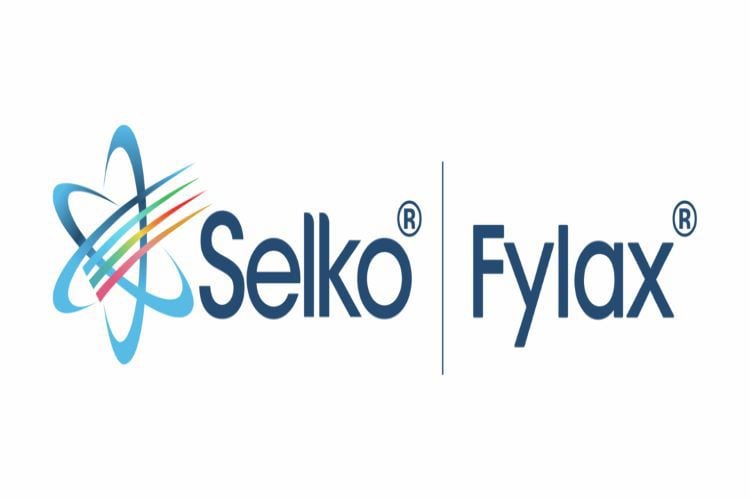
Feed moisture content varies and is often altered during feed milling. Moisture loss is problematic for producers and end users, significantly impacting nutrient distribution, inventory loss, feed costs, yield, and profitability.
Addressing moisture loss is not as simple as adding moisture back into the feed mixing process. Water has high surface tension, often resulting in poor absorption by feed if added directly, allowing water to flash off in the press and cooler or remain free.
Uneven or incomplete water absorption in feed causes issues such as low pellet quality, nutrient segregation, and spoilage. High and low moisture content in feed is problematic. High moisture reduces throughput, increases the energy required by the pellet-making process leads to feed spoilage and creates dense brittle pellets. However, low moisture reduces yields and increases fines, nutrient formulation and easily broken pellets.
Proper moisture management helps in good quality pellet and feed utilization, reduces process loss, prevents feed spoilage, and improves batch yield through reduced shrink. Effective moisture optimisation and management in feed require the producer to examine the factors impacting moisture level throughout the feed mixing and pellet-making process.
Surface tension reduction
- When you add only water to the feed mix in a pelleting line, it can cause problems like lumps or clogs because the water doesn't spread evenly. This affects the quality of the animal food in terms of taste, texture, and how long it lasts.
- To fix this, you need to make the water spread out more evenly. You can do this by making the water droplets smaller so they soak into the feed better. This helps the feed absorb enough water during processing.
Mould Control and Shelf-Life Extension
- Propionic acids have been used for last 40 years as a mould inhibitor and shelf-life extension. However, it is very corrosive, and research proves that a blend of organic acids has a broader spectrum of anti-microbial activity than just propionic acid
- Fylax is a synergistic blend of organic acids and surfactants. Organic acids reduce moulds to maintain the nutrient value and prolong the shelf life of raw materials, compound animal feed and pet foods. Moisture management agents act to optimise the distribution of Fylax throughout the feed and increase its water-binding capacity. This improves both its anti-mould effect as well as feed mill efficiency.
- Fylax Forte-HC contains a patent-pending new technology, called ActiProp®. ActiProp increases the porosity of moulds’ cell walls, while its components destabilise the cell membrane. As this effect supports better accessibility of organic acids, the cell’s internal pH decreases, inhibiting its growth and eventually killing the mould cell. This mode of action is driven by the synergy of four key components delivered in the most effective quantities:
Benefits
- Propionic acid - A highly effective broad-spectrum organic acid that attacks moulds
- A buffering agent - This reduces evaporation and the corrosive nature of the propionic acid, enabling a prolonged effect and safer handling
- A moisture management agent - This supports better spread and may facilitate the intake of organic acids inside the mould cells
- Phytochemicals - These compounds derived from palm splitting have proven high synergy with propionic acid.


